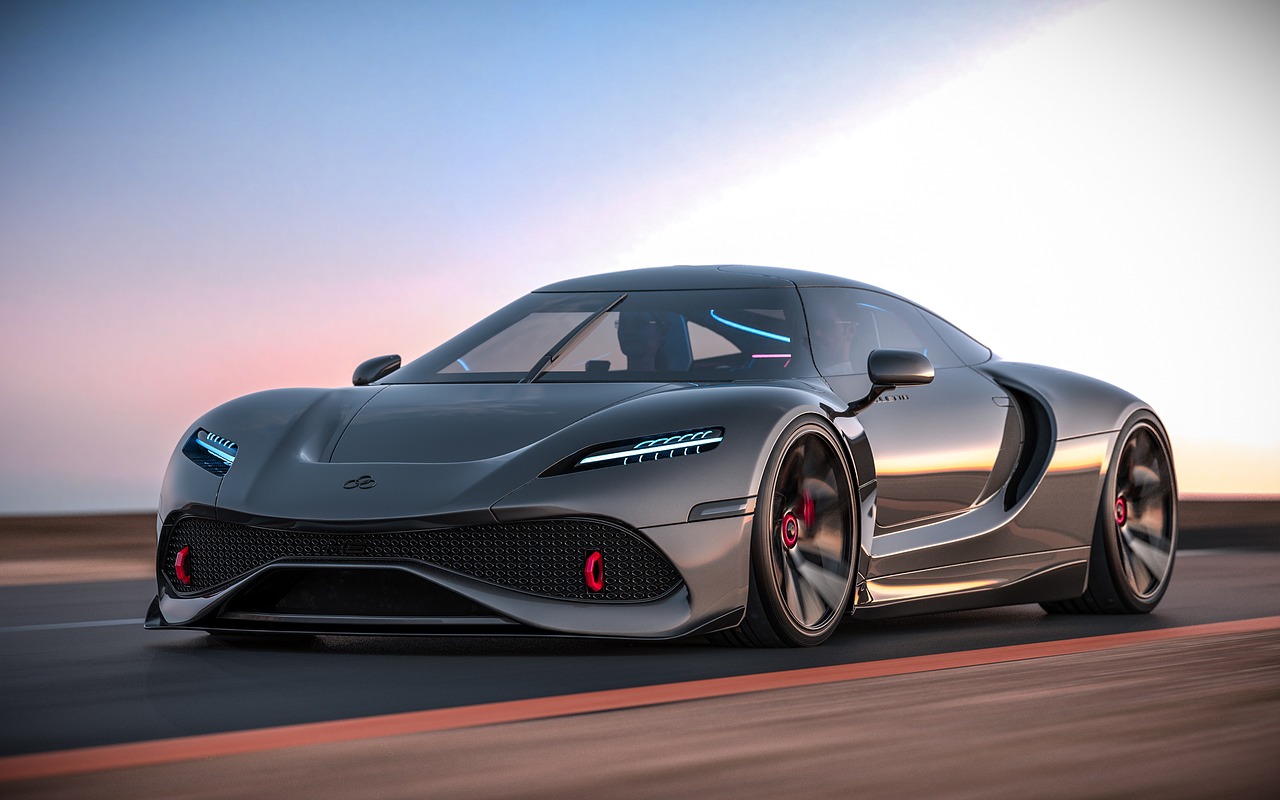The Psychology of Car Color Preferences: Gender and Cultural Influences
Car colors are often chosen based on psychological factors that reflect individual preferences and personalities. People may gravitate towards certain car colors because they associate them with specific emotions or traits. For example, someone might choose a red car because it symbolizes energy, passion, and a sense of power. On the other hand, individuals who opt for white cars may be drawn to the colors’ associations with purity, simplicity, and a clean aesthetic.
Moreover, car color choices can also be influenced by subconscious perceptions and cultural stereotypes. Some individuals might lean towards black cars because they perceive them as elegant, sophisticated, and authoritative. Others may avoid brighter colors like yellow or orange because they worry about being perceived as attention-seeking or flashy. These psychological factors play a significant role in shaping car color preferences and reflect how individuals project their personal identity through their choice of vehicle color.
• Red cars are often associated with energy, passion, and power
• White cars are linked to purity, simplicity, and a clean aesthetic
• Black cars may be perceived as elegant, sophisticated, and authoritative
• Bright colors like yellow or orange might be avoided due to concerns about being seen as attention-seeking or flashy
In addition to individual preferences and subconscious perceptions, cultural stereotypes also play a role in influencing car color choices. For example, certain cultures may have specific associations with particular colors that influence how people view vehicles in those shades. In some societies, black cars may symbolize luxury and status while in others it could represent mourning or negativity. These cultural influences further shape the psychological factors behind why individuals choose certain car colors over others.
Furthermore, psychological studies have shown that car color choices can also reflect deeper aspects of an individual’s personality traits. For instance, individuals who prefer bold and vibrant colors like red or blue may be more extroverted and outgoing compared to those who opt for neutral tones like grey or silver. This connection between personality traits and car color choices highlights how our subconscious minds impact our decisions without us even realizing it.
Overall, the psychology behind car color preferences is complex and multifaceted. It involves a combination of personal emotions, cultural influences, societal stereotypes, and underlying personality traits that all contribute to why someone chooses one color over another when selecting a vehicle. Understanding these psychological factors can provide insight into not only how we perceive ourselves but also how we want others to see us through the lens of our chosen car color.
Gender Differences in Car Color Preferences
When it comes to car color preferences, research suggests that gender plays a significant role in decision-making. Studies have shown that men tend to gravitate towards bolder and more vibrant colors such as red, black, and blue. These colors are often associated with power, dominance, and a sense of individuality, traits that are traditionally associated with masculinity.
On the other hand, women generally prefer more subtle and understated colors like white, silver, and beige. These colors are often viewed as more elegant, sophisticated, and timeless. Research indicates that women are more likely to choose a car color that reflects their personality and lifestyle, opting for colors that are versatile and easy to pair with different outfits and accessories.
Cultural Influences on Car Color Choices
Car color choices are often influenced by the cultural background of individuals. In certain cultures, specific colors hold symbolic significance and are associated with certain beliefs or traditions. For example, in some Asian cultures, red is a color symbolizing good luck and prosperity, making it a popular choice for car owners seeking to embody these positive traits through their vehicle.
Moreover, cultural norms and trends can also play a significant role in shaping car color preferences. In countries where vibrant and bold colors are commonly seen in everyday life, individuals may be more inclined to choose similarly eye-catching hues for their cars. On the other hand, in cultures that emphasize modesty and understated elegance, neutral tones like black, white, and silver may be favored for their perceived sophistication.
What are some psychological factors that influence car color choices?
Psychological factors such as personality traits, emotions, and perceptions of status can all play a role in determining an individual’s car color preference.
Are there gender differences in car color preferences?
Studies have shown that there are some gender differences in car color preferences, with men tending to prefer more bold and flashy colors while women often opt for more neutral or conservative colors.
How do cultural influences impact car color choices?
Cultural influences, such as traditional beliefs, societal norms, and regional trends, can greatly impact car color choices. For example, in some cultures, certain colors may be associated with luck or prosperity, influencing an individual’s choice of car color.







